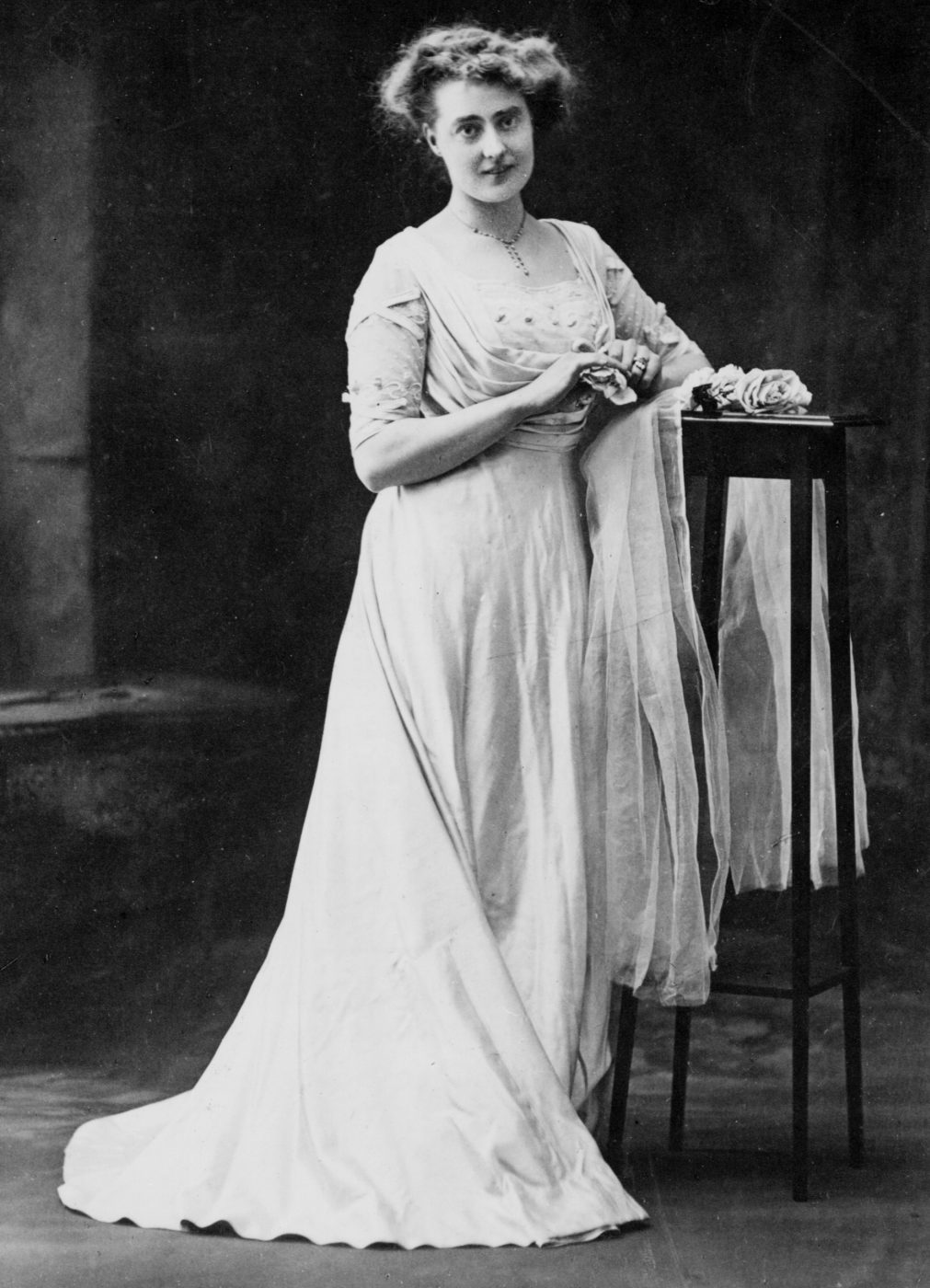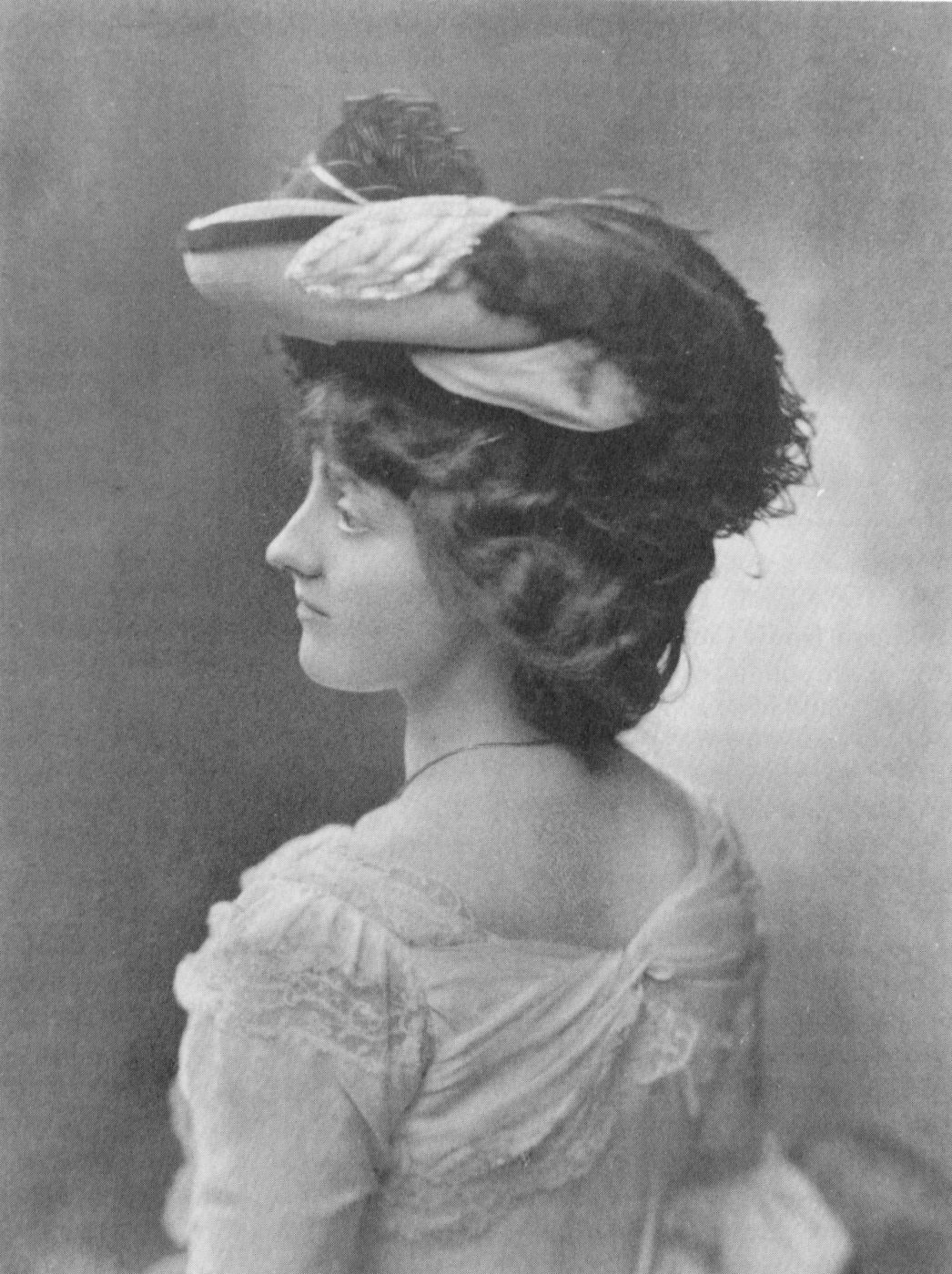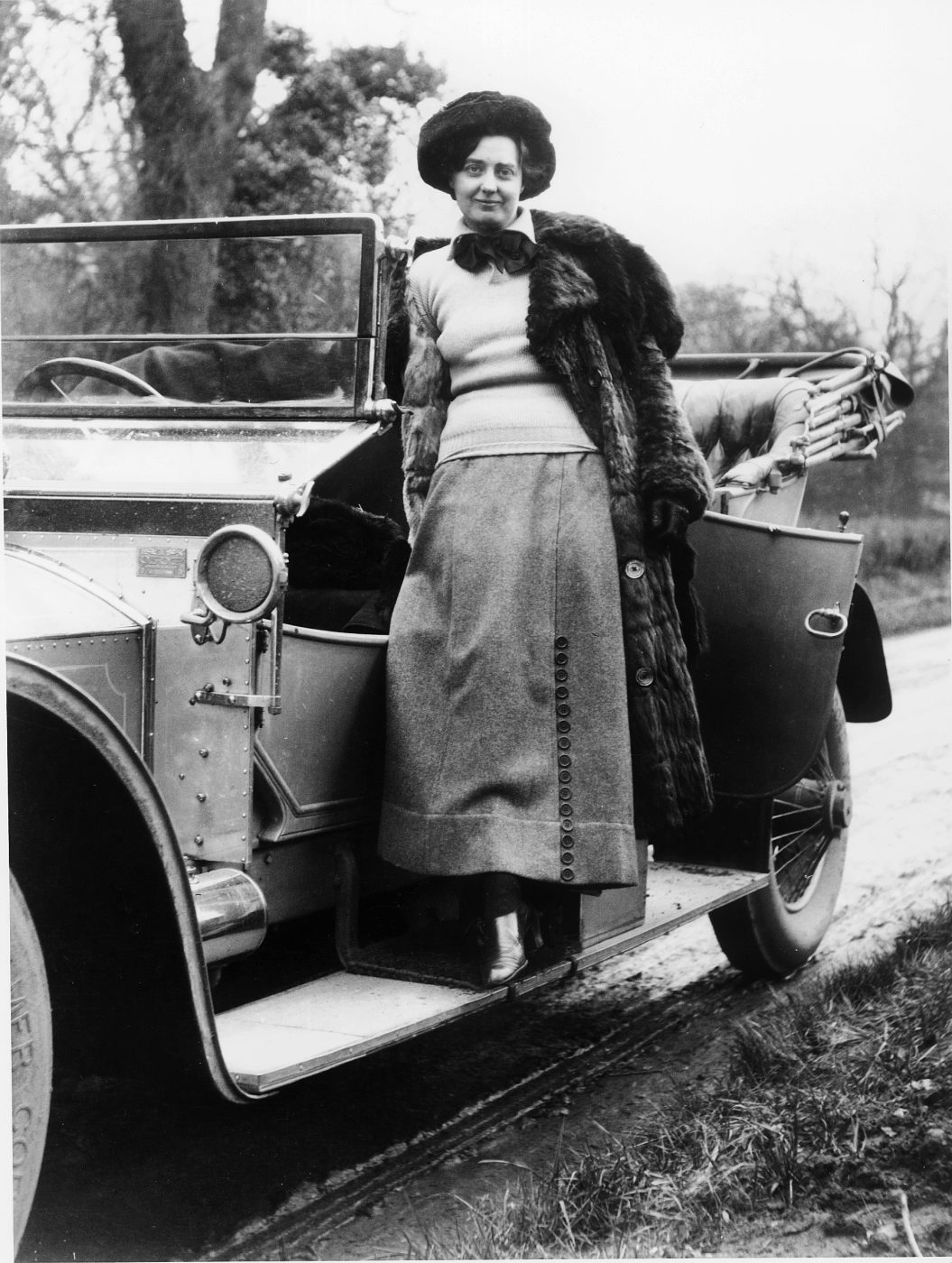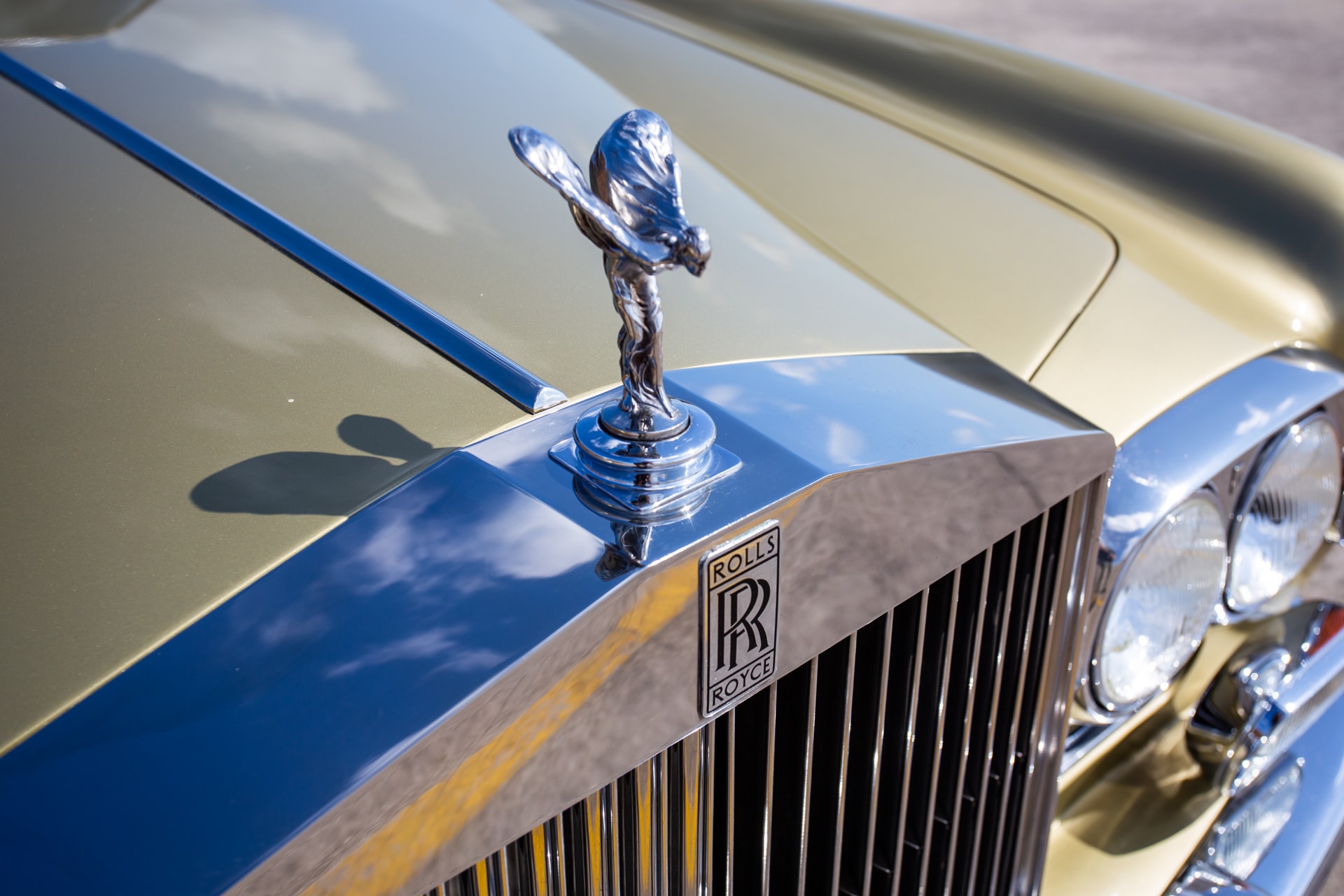Eleanor Velasco Thornton was born on 15 April 1880 in Stockwell, south-west London. Little is known of her early life, although it is known that as the 20th Century began, she was working as the assistant to the General Secretary of the Automobile Club of Great Britain & Ireland (later the RAC) Claude Johnson. Claude would go on to be the business partner of The Hon Charles Stewart Rolls.
Eleanor rented rooms at The Pheasantry on Kings Road, Chelsea. At that time, it was home to many artists (in the 1930s, the cellar became a restaurant and drinking club, the regulars of which included the painters Augustus John and Francis Bacon, the poet Dylan Thomas and legendary actor Humphrey Bogart; it remains a nightclub to this day). Eleanor lived something of a double life: by day, a professional executive assistant; by night, a life model for the Pheasantry’s resident artists. One of those for whom she regularly posed was a talented illustrator, Charles Sykes.
Eleanor’s life changed completely in 1902. That year, almost 100 miles from London, on the edge of the New Forest in Hampshire, John Walter Edward Douglas-Scott-Montagu, was grappling with a longstanding problem. He was yet to take his future title of 2nd Baron Montagu of Beaulieu and, surprisingly, he ran into money problems. By a double misfortune, his life’s great passion was the motor car, which in those days was still very much reserved for the wealthy.




Fortunately, Montagu was a very good journalist, so he set up Britain’s first dedicated motoring magazine, The Car Illustrated. Montagu could handle the writing, editing and publishing himself; but for images, he needed a professional illustrator. In one of those odd coincidences that so often shape history, the man he hired was Charles Sykes.
Among Montagu’s circle of motoring friends was Claude Johnson. When, through him, Montagu met Eleanor, he was instantly captivated by her intelligence and promptly poached her, offering her the position of Office Manager at his magazine. Eleanor accepted and ended up in a relationship with him, despite their 14-year age gap.
During this period (the precise date is unknown) Sykes produced a mascot for Montagu’s Rolls‑Royce Silver Ghost. Called ‘The Whisper’, it was a small aluminium statuette of a young woman in fluttering robes with a forefinger to her lips. It has been confirmed that Eleanor was the model: whether the mascot was a token of appreciation from Sykes to his friend and employer, or made on Eleanor’s request as a gift remains a mystery. Whatever the truth, Montagu displayed it on every Rolls-Royce car he owned until his death in 1929; perhaps as a discreet acknowledgement of his love for Eleanor, which he kept secret for so long.
Tragically, Eleanor was among hundreds who drowned when the P&O passenger ship SS Persia sank in the Mediterranean in 1915. Montagu was among the handful of survivors: he spent three days adrift on an upturned lifeboat, having suffered a fractured shoulder. He was also devasted and he never fully got over the emotion of the loss of Eleanor – of which, he could never speak publicly.
For the rest of his life, she was with him in spirit wherever he travelled in his Rolls-Royce motor car.
Andrew Ball, Head of Corporate Communications and Heritage, Rolls-Royce Motor Cars said “Eleanor Thornton has a unique place in Rolls-Royce history. She is best known as the purported model for our Spirit of Ecstasy mascot, but how this came about is part of a far more complex and fascinating story. Secrets, sacrifices and the ever-present risk of scandal dominated her tragically short but intense and colourful life. She was a strong, intelligent, self‑assured and highly influential woman in an automotive world that was then almost entirely male-dominated. She also played a pivotal part in a timeless, tangled, deeply human drama that would eventually make her, and the artwork she inspired, immortal.”

Leave a Reply
You must be logged in to post a comment.